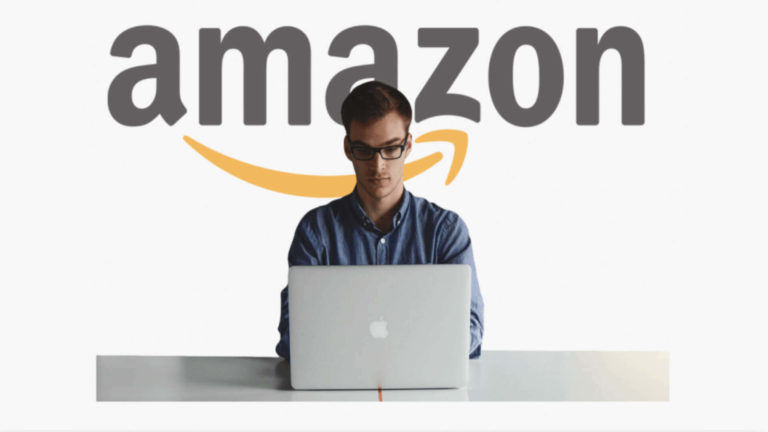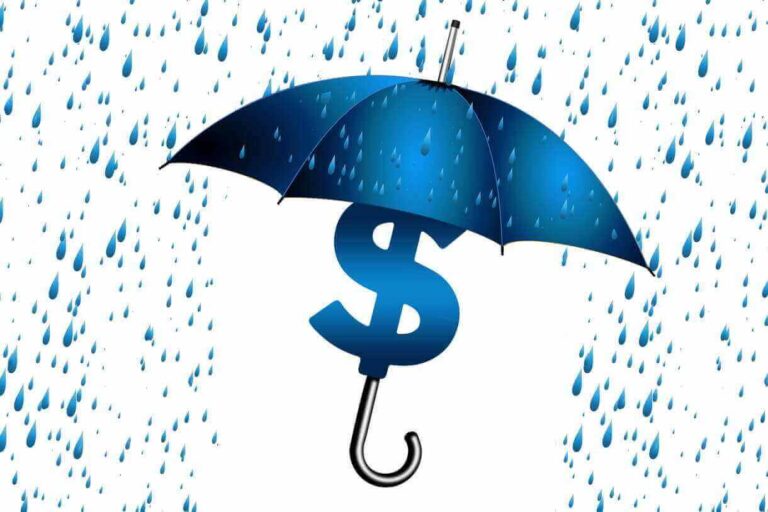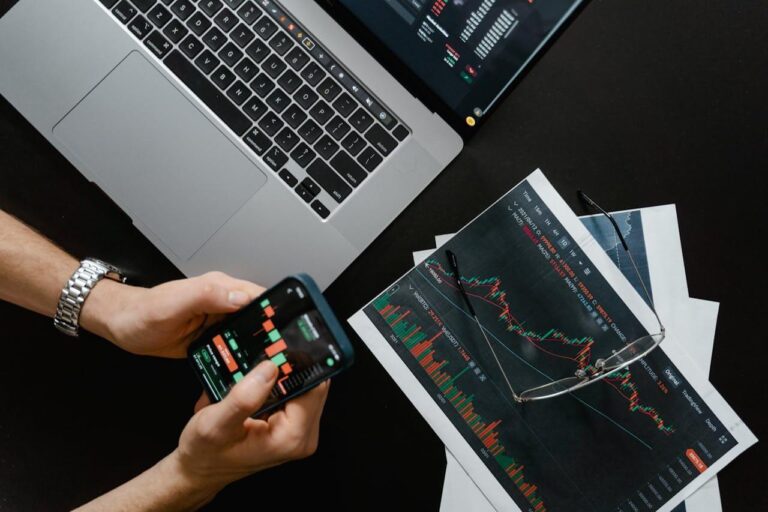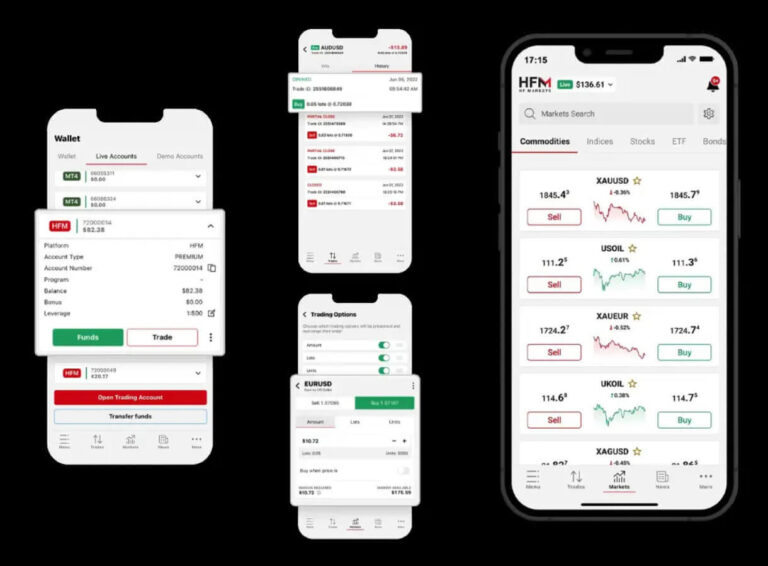How to Start Selling on Amazon (In Easy Steps)

Selling on Amazon remains an e-commerce goldmine for entrepreneurs willing to put in the work. The web giant makes it as easy as possible to set up shop on its platform and join the ranks of successful e-tailers.
If you have not done this before, then it is understandable that you might have doubts or fears. But selling on Amazon is simply a business like most other ventures. All you need to do is find and utilize one or more opportunities. And that is all.
As we are discussing customer-focused products here, what you have to do to succeed is find a profitable void and fill it. And as many sellers will testify, satisfied customers will thank you with good sales for a good job. This post shows you how to get it right.
How to sell on Amazon
STEP 1. Research
Yes, researching your target market is the most important step you need to succeed. Of course, you can get lucky selling something just because you like it. But those who failed to make it big by sticking to their hobbies far outnumber those who got lucky from their hobbies.
The goal of market research in this regard is to gauge what you are up against. Here are some important questions to ask yourself first:
- Who is your target customer?
- How much does your target customer spend on average?
- What is the demand for your product like?
- How about the competition?
- How much monthly profit can you get from selling this product?
Other questions that you need to get clear on include:
- How much capital do you need to start your business?
- Will you be dropshipping, doing private label, FBA, printing on demand, or do you intend to sell a digital product like a book?
- How much will you charge for shipping?
STEP 2. Understand Amazon’s Policies & System
Your second step is to study and understand Amazon’s policies and terms of service. You can check here for all the information that you need. This is important because breaking the rules might mean getting kicked out.
You also need to confirm that you are resident in one of the countries accepted for seller registration. The list is here.
STEP 3. Develop your Catalog
Once you have a solid understanding of your market and the Amazon platform, it is time to develop your catalog. You want to have a list of the products that you intend to sell through the platform and you should have a good feeling about their potential success by now.
An integral part of your catalog development includes setting out your order fulfillment method(s). This is important because it can greatly impact your capital requirements, as well as your access to Amazon’s Prime customers, for instance.
Here is a quick look at the different fulfillment methods you can employ:
- Dropshipping – Order fulfillment through your wholesale supplier. Makes it unnecessary to hold physical stock and easier to get into sales of pricey items. You only order from your supplier after the customer places an order. And in most cases, the supplier will also ship directly to your customer.
- FBM – Fulfillment By Merchant. You as the seller manage your stock and ship your products directly to your customers. This method involves some capital for stock and warehousing, depending on the size of the operation.
- FBA – Fulfillment By Amazon. You send your stock to Amazon’s warehouse for fulfillment. This method also involves some level of capital investment, with additional fees from the web giant. On the other hand, you get sales from Amazon Prime subscribers.
- Private Label – You can also create a branded product that is manufactured specifically for you.
- Print On Demand – Amazon Merch sells your artwork, prints it after each sale, and pays you royalty.
- KDP – Amazon Kindle Publishing for digital ebook publishers.
- TuneCore – Similar to KDP, but intended for musicians to sell music.
If all looks good, then it is time to make the final calculations before starting your journey – capital.
STEP 4. Capital Considerations
Some Amazon sellers started their businesses with only about $200, while others began with over $20K. There are no rules here because the amount of capital you need depends on the products you plan to sell and the selling method that you intend to use.
Drop-shipping is the cheapest way to sell physical products. And shipping them by yourself can be cheaper than having Amazon fulfill the orders. Each of these methods has its pros and cons, as you can see below.
Additionally, your choice of fulfillment method also determines your total running costs. So, you need to have everything sorted out first. Here is a look at the cost considerations you should be aware of:
- Listing Fees – Amazon has a product listing fee that is only charged when you sell the item. It costs $0.99 for individual sellers but is free for Amazon Professional sellers.
- Professional Seller Subscription – Individual sellers have a 40-item limit per month. A professional seller subscription helps you to go beyond that. It costs $39.90 per month and excludes you from paying listing fees, but you will still need to pay other fees.
- Referral Fees – The Referral or product fee is what Amazon charges you for each product sold through the platform. It ranges from 6% to 20% of the product’s price, depending on the product type. In simple terms, the referral fee depends on the product’s category, with most sellers paying around 15%.
- FBA Fees – If you send your entire stock to Amazon, so they can sell and fulfill your orders for you, then you will have to pay extra fees for the service. Here is a look at what to expect.
- Customer Returns – You will also need to consider customer returns and the associated costs.
- Ad Costs – You can buy advertising to increase your product sales, if you like. How much ads you buy, however, is up to you.
- Packaging Tools & Supplies – This only applies when you are handling and shipping the products by yourself.
STEP 5. The Registration Process
Once you have your business concept ready, you will need to officially register on Amazon as a seller. A few points to keep in mind here are:
- There are two types of accounts – the individual seller and the professional seller accounts.
- Amazon will require some information for the registration.
a. The Individual & Professional Seller Accounts
For account types, the individual seller account is better suited to beginners who are still trying out the markets. It allows you to sell up to 40 items per month and does not need a subscription to maintain. Still, you will have to pay a $0.99 listing fee with this account, plus product fees, when you sell an item.
With a professional account, on the other hand, you will have to pay a $39.99 monthly subscription fee. But then, you do not need to pay listing fees, although you still have to pay the other charges. Both accounts offer FBA access and the Amazon Seller App.
And in addition to all that, a professional account comes with many extra features that make it worth paying for. It lets you offer coupons and specials, sell in restricted categories, have your products better marketed by the platform, upload bulk product lists, and many more.
b. Registration Requirements
The items you will need for the registration include your bank account and credit card details, a government ID, tax information, and phone number.
Anyway, the full requirements depend on the type of business that you have or intend to run on the Amazon platform. You can visit the Seller Central here to start your registration.
STEP 6. Listing Your Products
Once you are a fully registered Amazon seller, all you have to do is list your products on the platform and wait for sales to come.
However, you should note one peculiarity of the Amazon system when it comes to product listings – you can either create an entirely new product listing or simply add your product to an existing listing if the two are similar.
The difference is that new listings take a lot longer to create than adding to an existing product’s listing. For a new listing, you would need a product identifier, such as an EAN or ISBN for books, before listing the offer details, images, category, and applicable keywords for search.
STEP 7. Inventory Management
Keep in mind that Amazon will automatically reduce your inventory count as your product sells. And making a sale without having the product in stock will negatively affect your rating as a seller.
So, the one thing you need to keep doing for long-term success is inventory management. This involves keeping an eye on your product stock levels, stocking up when the need arises, and making sure the stock numbers on Amazon reflect what you have.
Conclusion
Reaching the end of this guide to selling on Amazon, you must have seen how easy Amazon makes it for anyone to join and start making money.
And speaking about money, keep in mind that your potential income in this business depends on ”what” you sell. So, make sure to get STEP 1 right – find a good product(s) that sells again and again.




